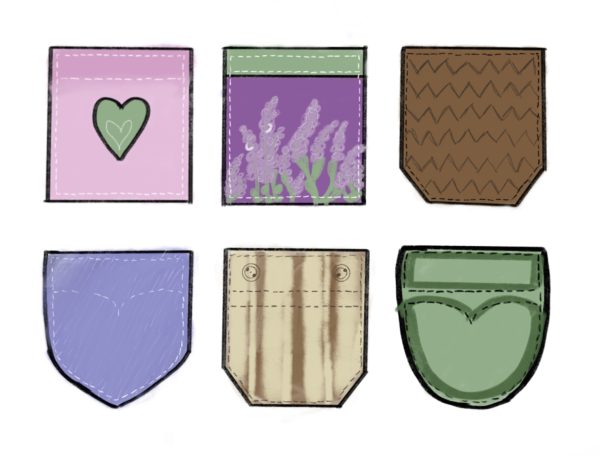Consent needs to be included in sex-ed curriculum (Opinion)
The negligence to include consent in sex-ed curriculum inflicts significantly more harm than good
Consent is vital for understanding and respecting the boundary of “no”.
The Mav provides students a platform to submit work as guest writers. Works from guest writers do not reflect the beliefs of The Mav, however, the site allows for students to freely express their beliefs and opinions to the public without risk of censorship. If you would like to be featured on our website or our next print edition, email your work to [email protected] for consideration.
This article contains discussion of sexual assault. Reader discretion is advised.
Sex education in schools is becoming increasingly controversial. These courses are curated for high schoolers and possess the generic requirements: human development, relationships, communication and decision-making skills, sexual behavior, sexual health, and cultural representations of sexuality and gender. That’s all wonderful, but what about consent? Only eight states and Washington D.C require it to be taught in sex-ed. We can not expect the vicious cycle of sexual assault to lessen if we don’t educate and iterate that “no” is indeed a full sentence.
In third grade, the organization Blue Sky Bridge came to all the third grade classrooms and shared a presentation with puppet animals. They told a story about how one squirrel asked another to go behind the building during recess and pull down their pants. Those conducting the demonstration told us to say “no”, taught us how that’s not okay, and to report such behavior to an adult. Third grade was the only time consent was taught.
The presentation was a nice start, but the lack of follow-up deems its message inadequate.
In order for something to really stick in the human brain, it needs to be repeated. Consent needs to be a prevalent part of sex education, rigorously taught between kindergarten and senior year of high school. Children need to be taught the building blocks. Parents staunchly against sex-ed may argue that it’s inappropriate to teach kids about sex, but fail to recognize that consent doesn’t solely apply to intimacy, it applies to boundaries as well.
As the grade levels climb, the material can be adjusted to accommodate the maturity of students, that way kindergarteners aren’t being told to keep it in their pants.
It’s as simple as continuing to teach and iterate the famous phrase “keep your hands to yourself”.
In the United States, 1 in 6 women and 1 in 33 men are sexually assaulted, making sexual assault a pressing issue. The problem isn’t the clothes, the location, the status, the language — it’s the education. High school sex education talks about healthy relationships and the importance of safe sex, but neglects to mention the fundamental principle of sex safety: consent. An adequate understanding of consent equips students with the ability to uphold and respect the boundaries of themselves and others.
Consent teaches people that using protection isn’t the only method of safe sex. It’s also permission from all participating parties, because sex without consent isn’t sex. It’s rape.
It’s crucial to note that victims of sexual assault and rape are not to blame — society is. Rapists are rapists, but they weren’t always like that. They too had a childhood, a family, an education — though, it wasn’t the right one. Every parent wants to protect their children, and that alone should be a huge motivator to support consent education being taught in every school, grade level, work place, and environment. Change is what this generation strives for, and taking a stand to revise our current education system will prevent more people from becoming victims. These changes will be proactive steps for the future and reactive steps for the harm that’s been inflicted. Prevention is protection, and while it won’t immediately stop the growing rate of sexual assault and violence, it can put a dent in it.
Your donation will support the student journalists of Mead High School. Your contribution will allow us to purchase equipment and cover our annual website hosting costs.

Addison Babcock is a senior. She enjoys high jumping, hiking, hanging out with her friends and all things Taylor Swift. She is involved with MHS Track and Field, Real Training club track, FCA, and student advisory. She is looking forward to sharing her opinions on various topics this year and informing readers of The Mav on what's happening at Mead High.















ana carrillo • Nov 18, 2022 at 8:44 am
Pretty cool piece, appreciate you using this platform to bring awareness to this issue